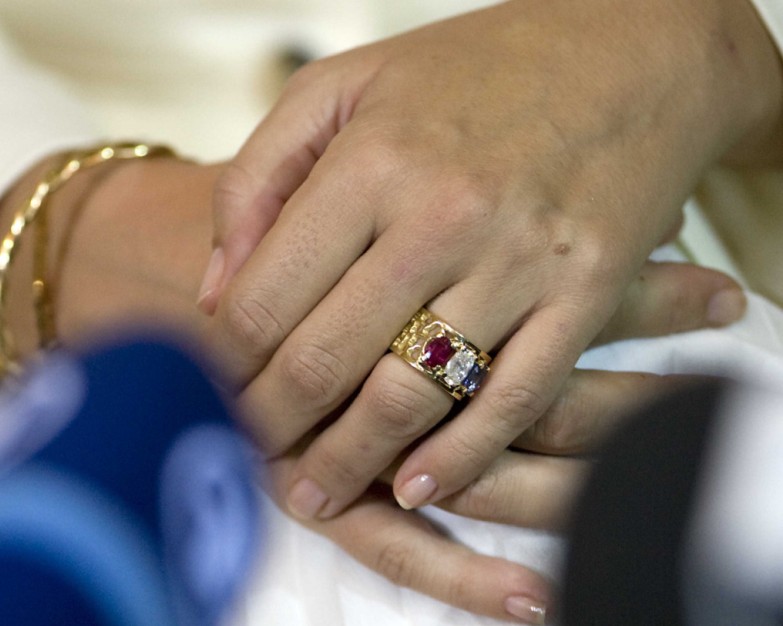
In the world of monarchy, royal engagements are often grand affairs that capture the public’s imagination. French royal proposals, steeped in tradition and grandeur, have been no exception. Whether in the opulent halls of Versailles or in the shadow of the Eiffel Tower, these engagements have always been surrounded by a sense of awe and wonder. One essential symbol of these proposals is the engagement ring, a timeless piece of jewelry that represents love, commitment, and the beginning of a new chapter in royal life. From extravagant gestures to intimate moments, the history of French royal proposals is rich with memorable moments.
One of the most famous royal engagements in French history took place between Louis XVI and Marie Antoinette. Their engagement was more than just a union of two people—it was a strategic political move. In 1770, when Marie Antoinette, the Austrian Archduchess, was just 14 years old, she was promised to Louis-Auguste, the Dauphin of France. Their engagement ring, a symbol of the political and dynastic alliance between Austria and France, was a simple yet significant piece, marking the beginning of a marriage that would eventually become one of the most tragic in history. Despite the initial political nature of their engagement, their relationship deepened over time, and their engagement ring became a cherished symbol of their bond, even as they faced the tumult of the French Revolution.
Another unforgettable French royal engagement occurred in the 19th century, when Napoleon Bonaparte proposed to Josephine de Beauharnais. Their engagement is often remembered for the passion and grandeur that surrounded it. In 1796, Napoleon, then a rising general, asked Josephine to marry him, and their engagement ring—a stunning emerald ring—was an emblem of their deep love and Napoleon's ambition. Despite the tumultuous nature of their marriage and Josephine’s inability to bear him an heir, their engagement remains one of the most iconic in French royal history, symbolizing the union of two powerful figures who were inseparable in the eyes of the French public.
The engagement between Prince Louis-Philippe and Marie-Amélie of Bourbon-Sicily, which took place in 1809, is another example of a memorable French royal proposal. Louis-Philippe, who would later become the King of France, proposed to Marie-Amélie in a grand ceremony that emphasized the royal traditions of the time. Their engagement ring was a piece of French craftsmanship, intricately designed to reflect their royal status. Though their marriage was largely seen as a success, it was marked by political challenges as the royal family navigated the complex landscape of 19th-century Europe. Yet, their engagement and subsequent marriage are often remembered for the strong partnership they forged, which proved influential during Louis-Philippe's reign.
In more modern times, the engagement of Prince Jean, Duke of Vendôme, to Philomena de Tornos y Steinhart, in 2009, demonstrated that French royal proposals have not lost their charm. The couple's engagement ring, a contemporary yet elegant design, was a symbol of their love and the continuation of French royal traditions. This engagement stood out because it was part of the shifting landscape of European monarchy, where royal families remain highly visible but are increasingly open to modern influences, yet still value the tradition and significance of an engagement ring as a symbol of love and commitment.
Throughout the history of French royal proposals, the engagement ring has always been a symbol of much more than just a romantic gesture. It is a mark of commitment, of dynastic ties, and of the extraordinary history of the French monarchy. From the days of Louis XVI to the more contemporary engagements, these royal proposals have become etched in history as symbols of both love and power. Each engagement ring, whether simple or extravagant, tells a story of a future intertwined with the weight of history.
